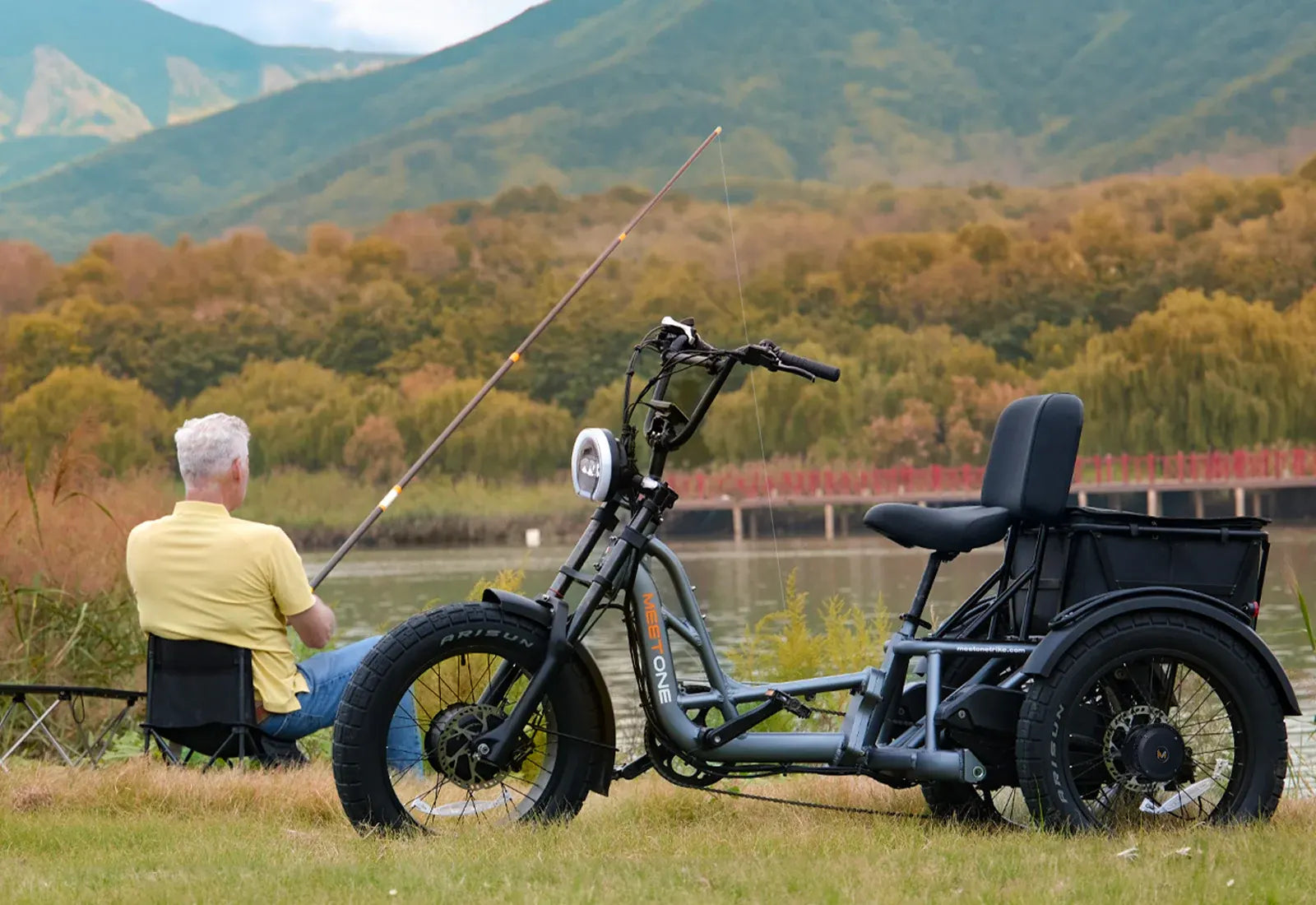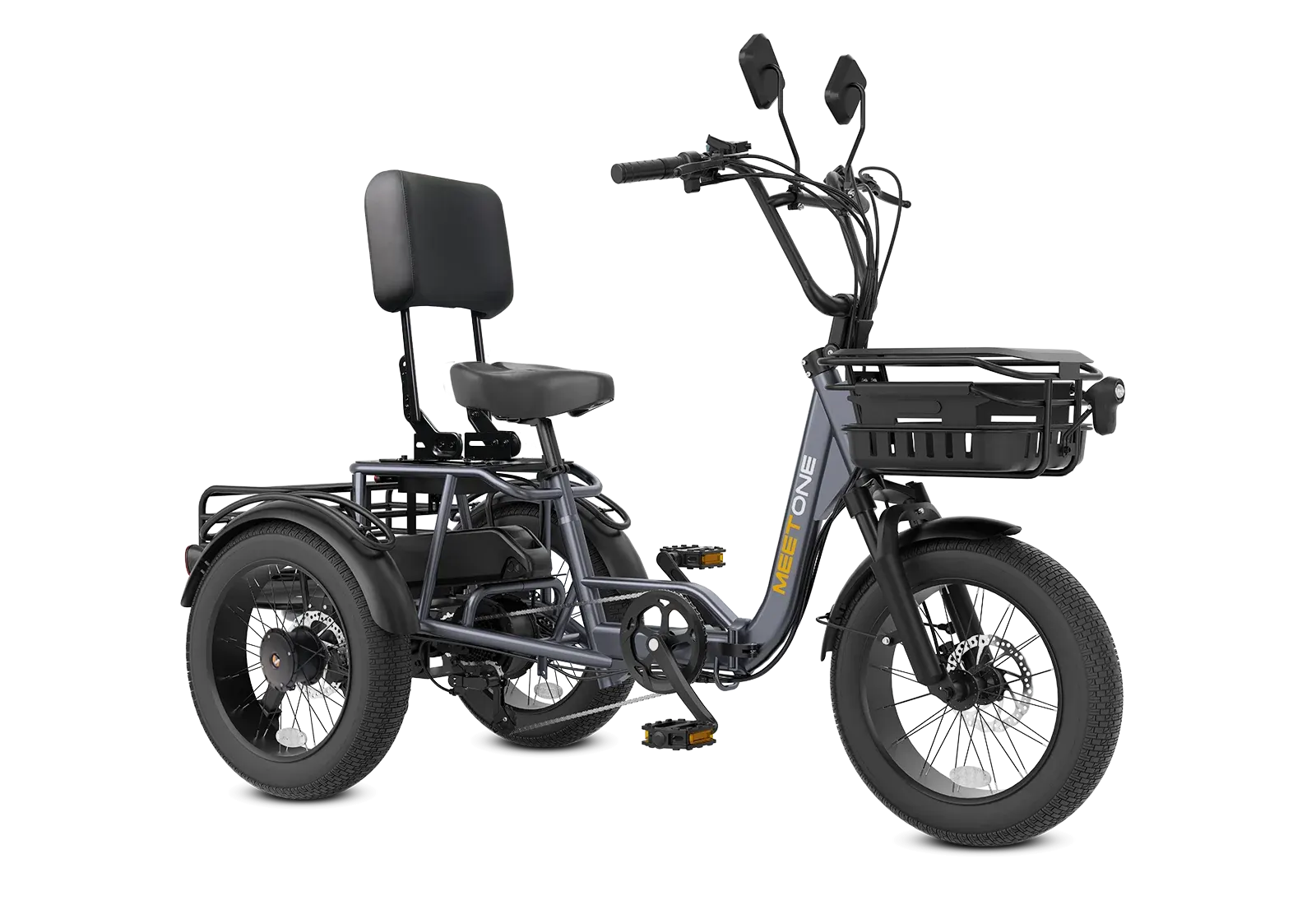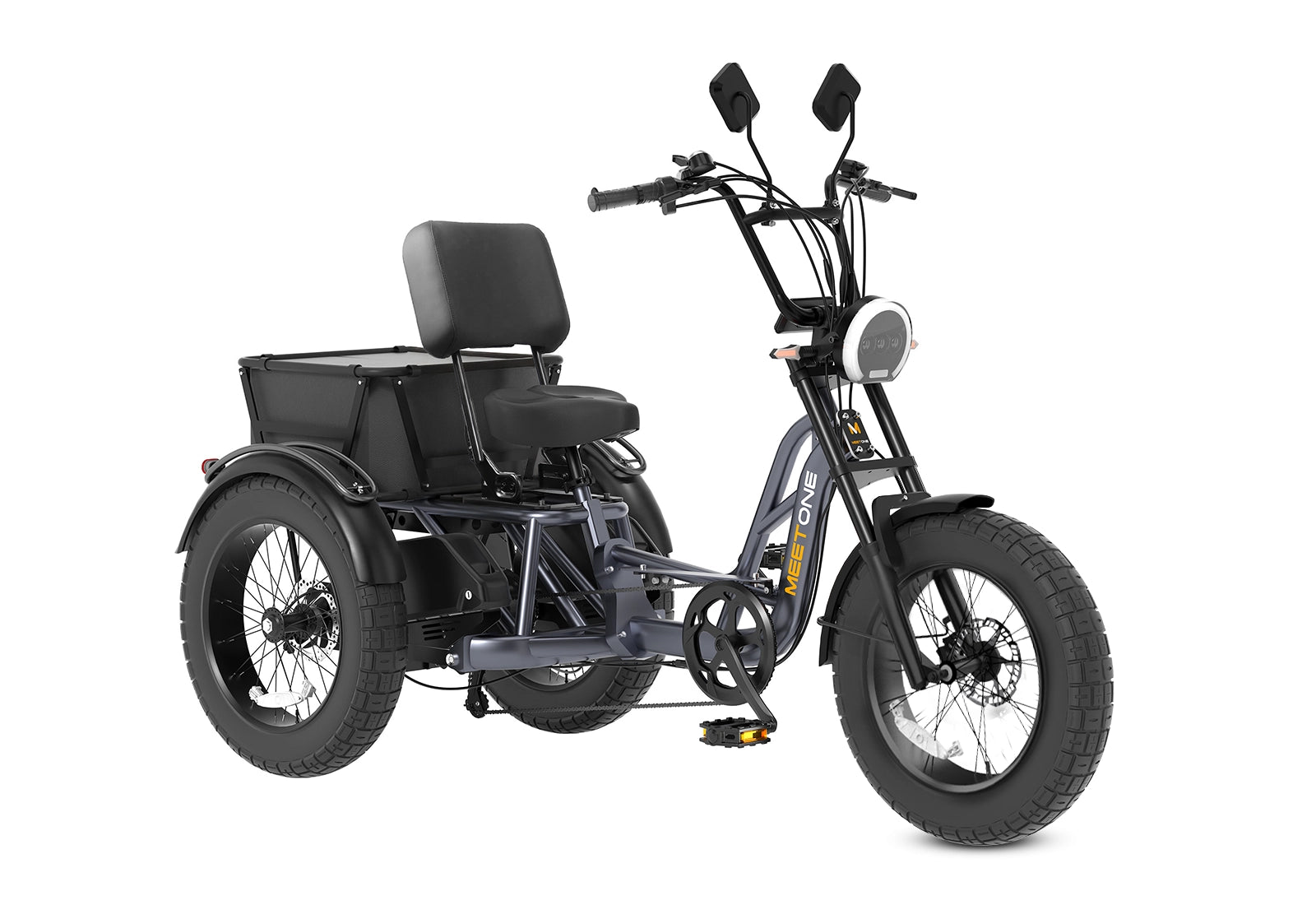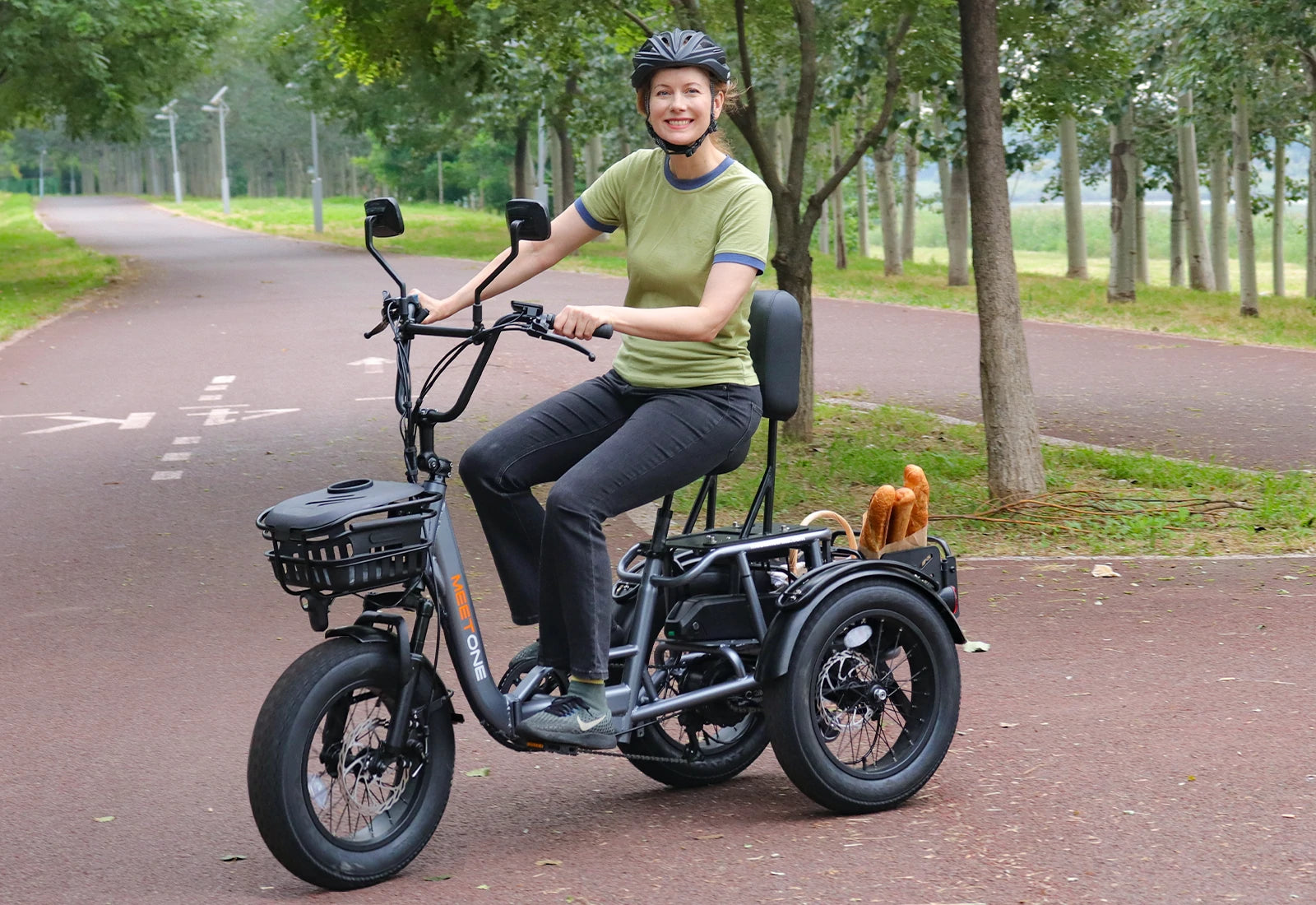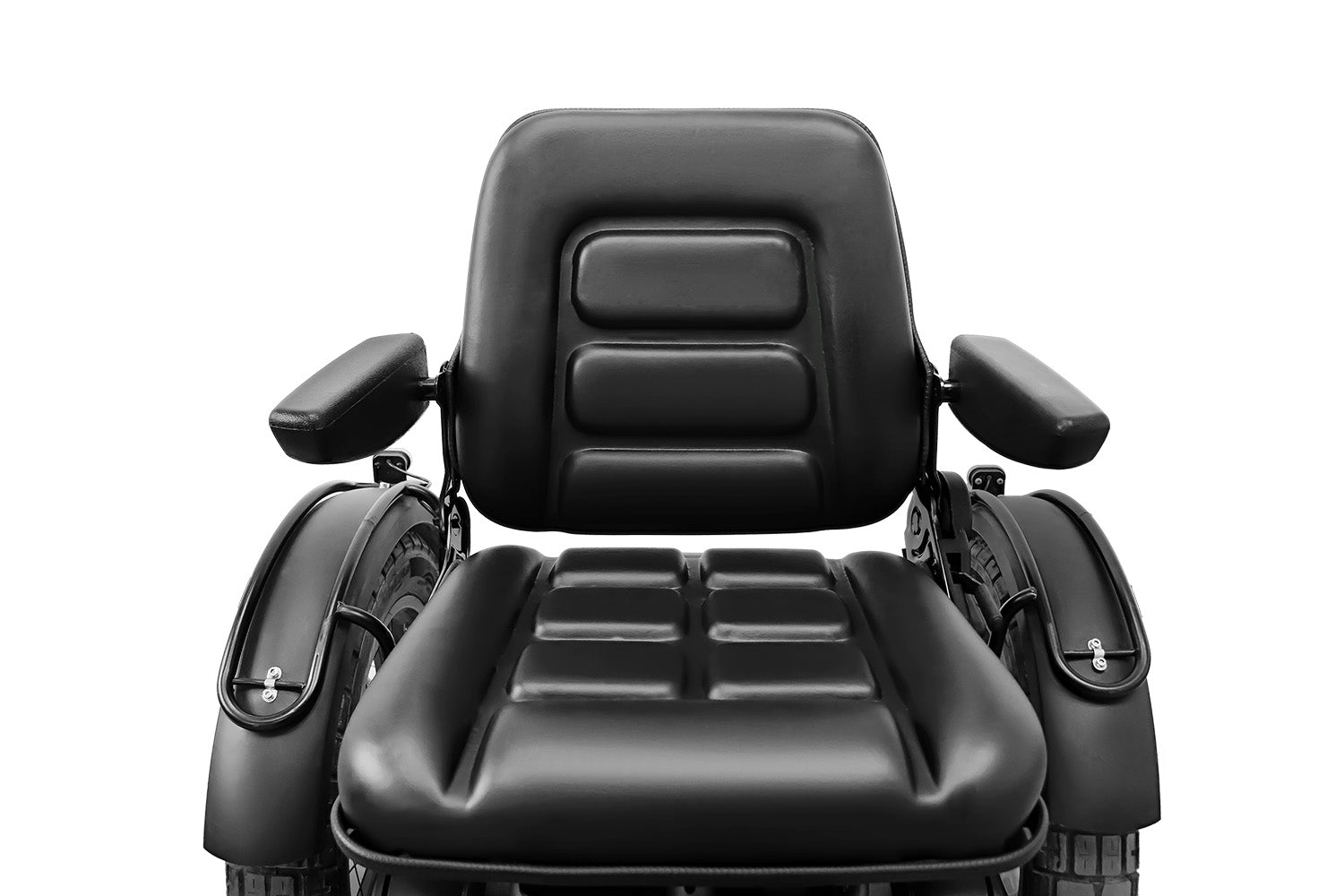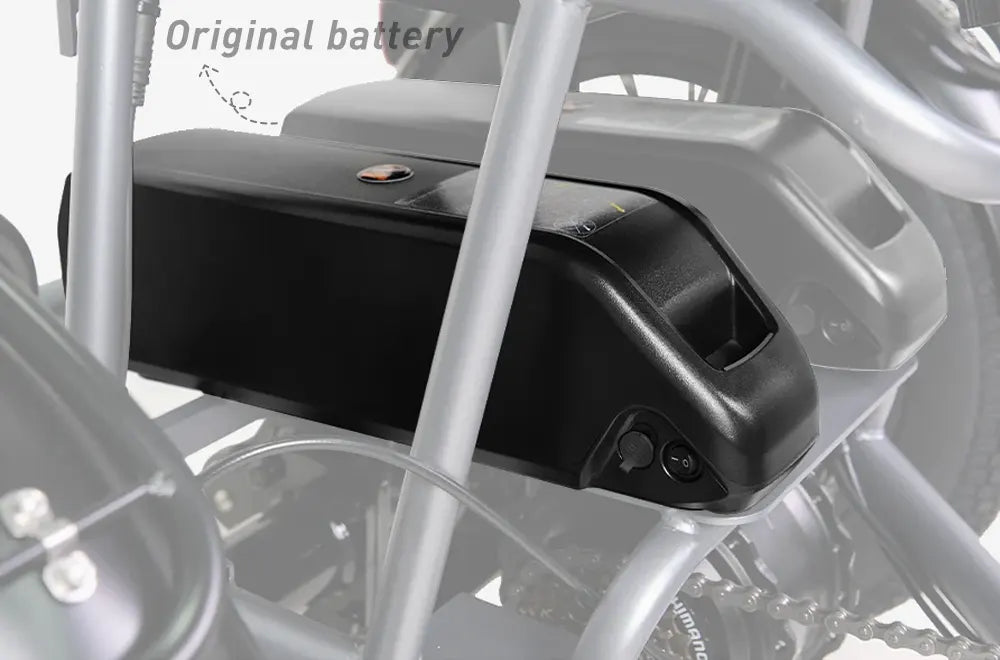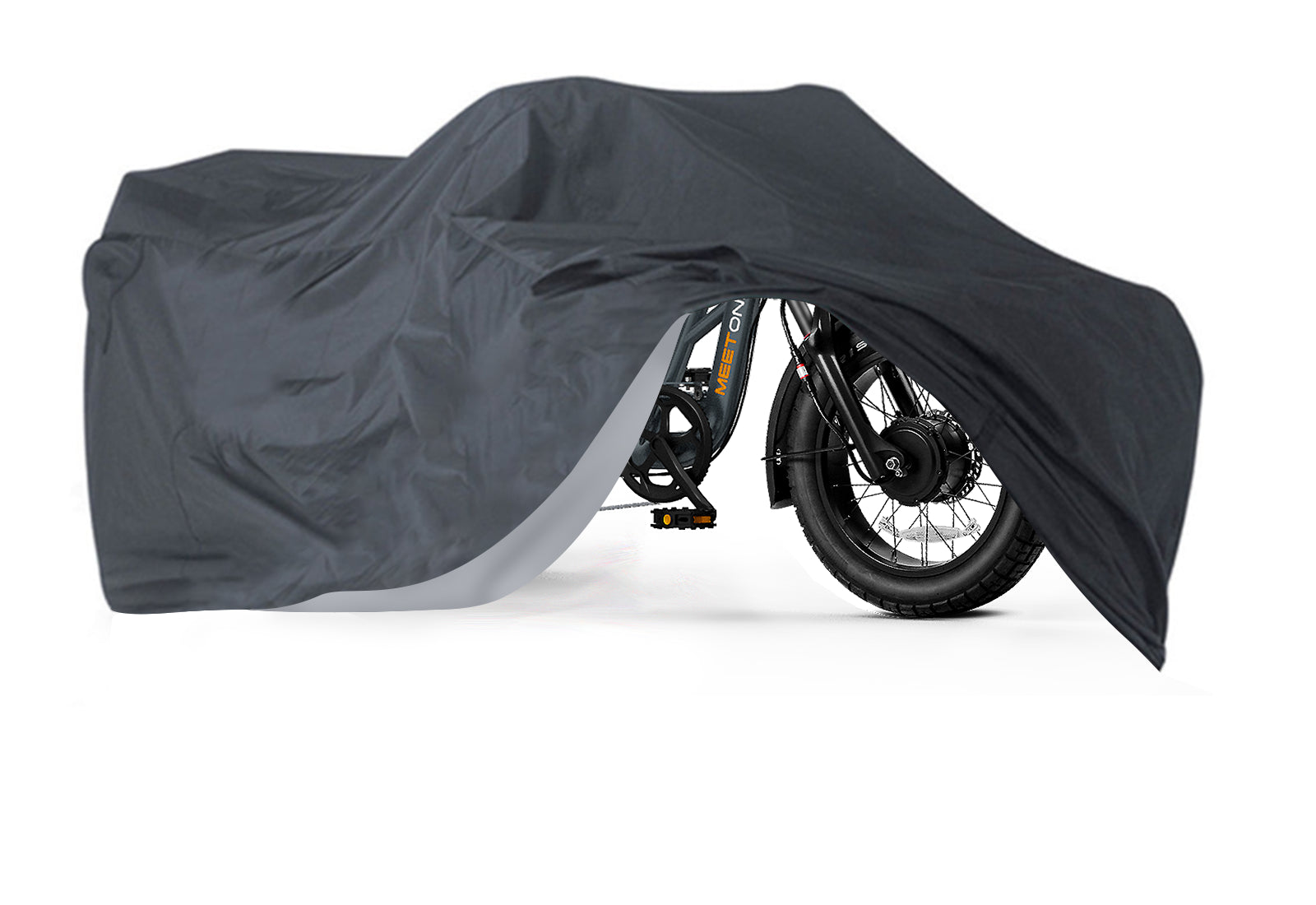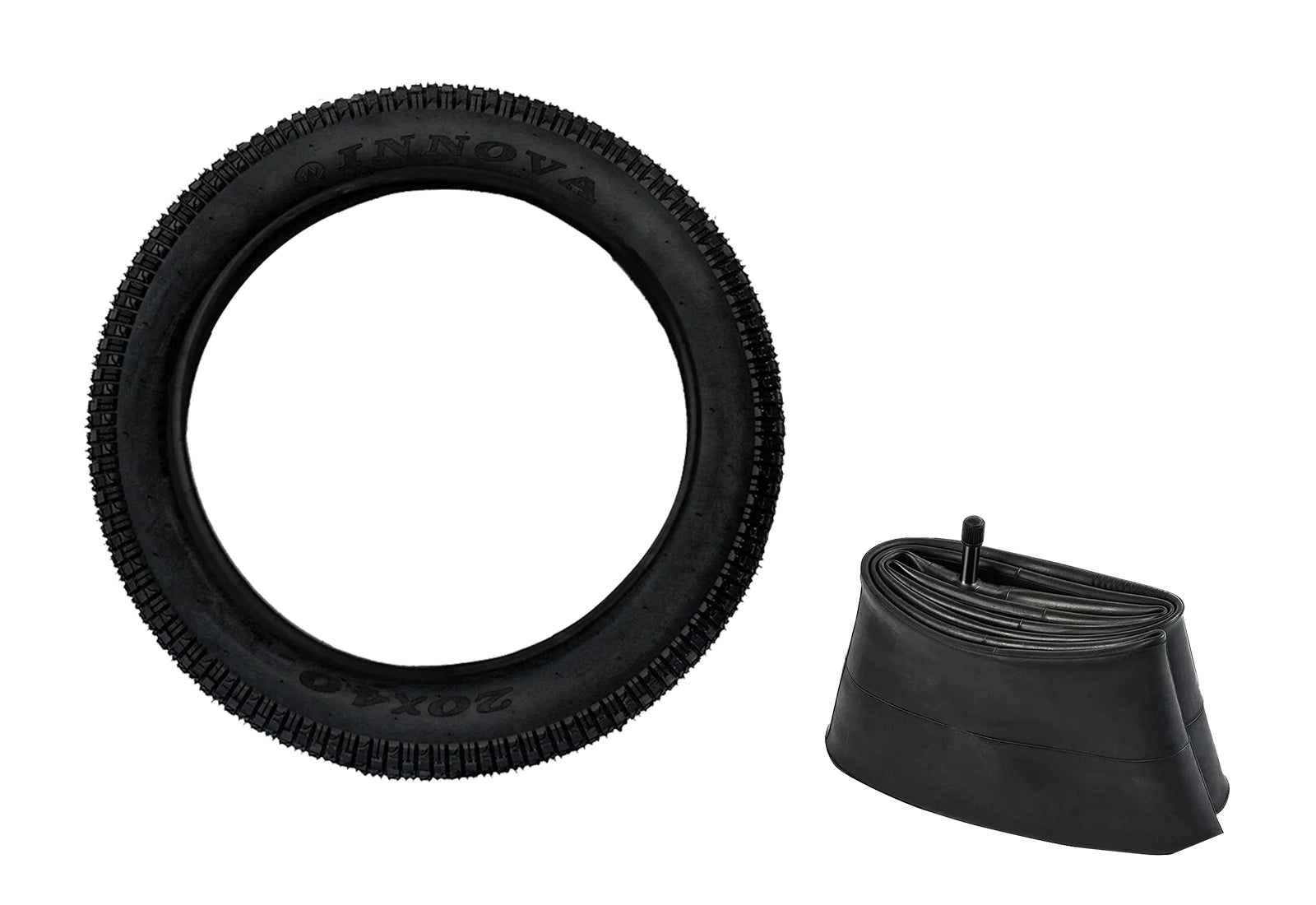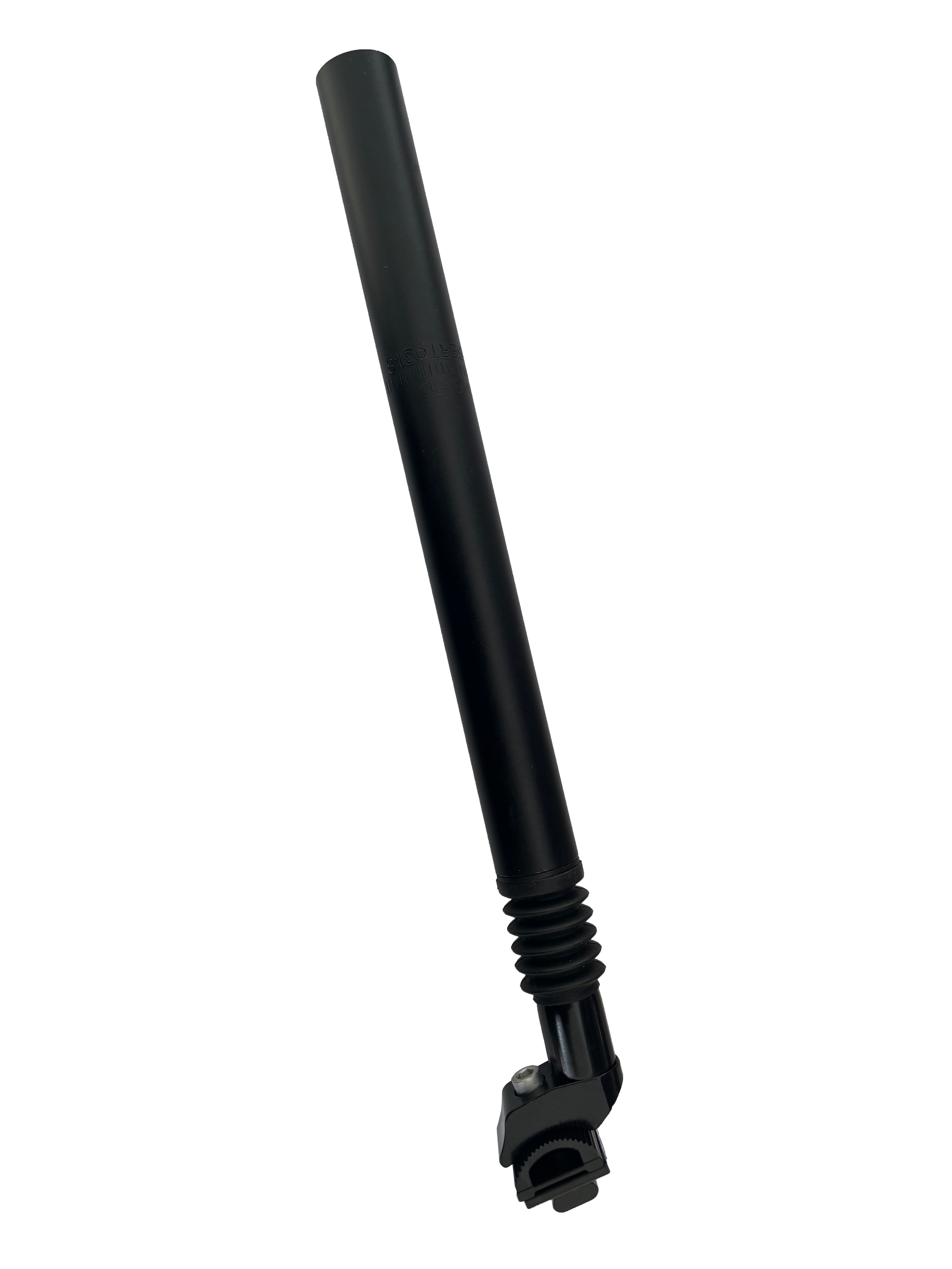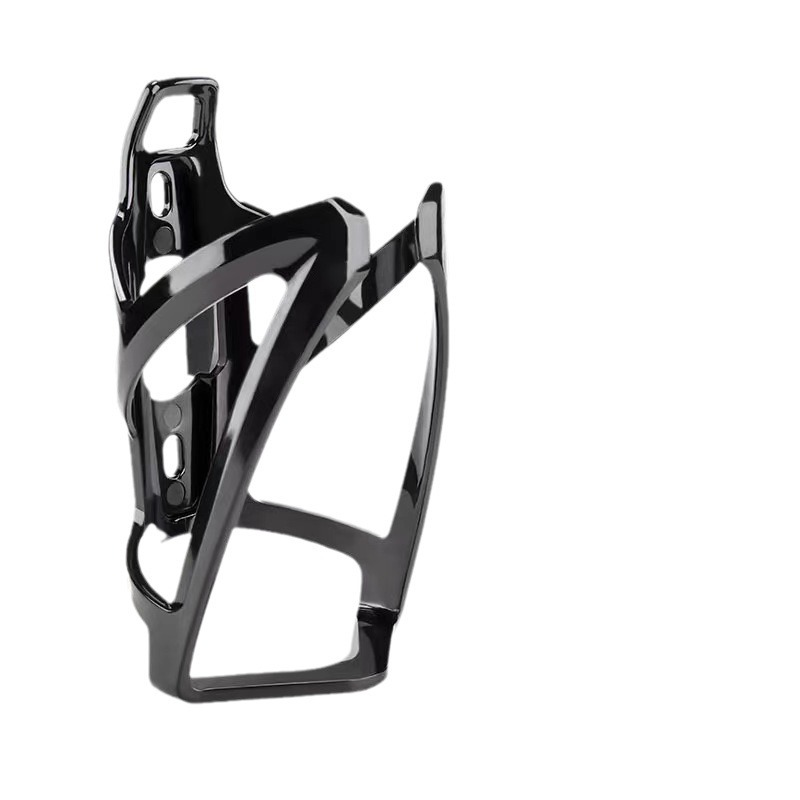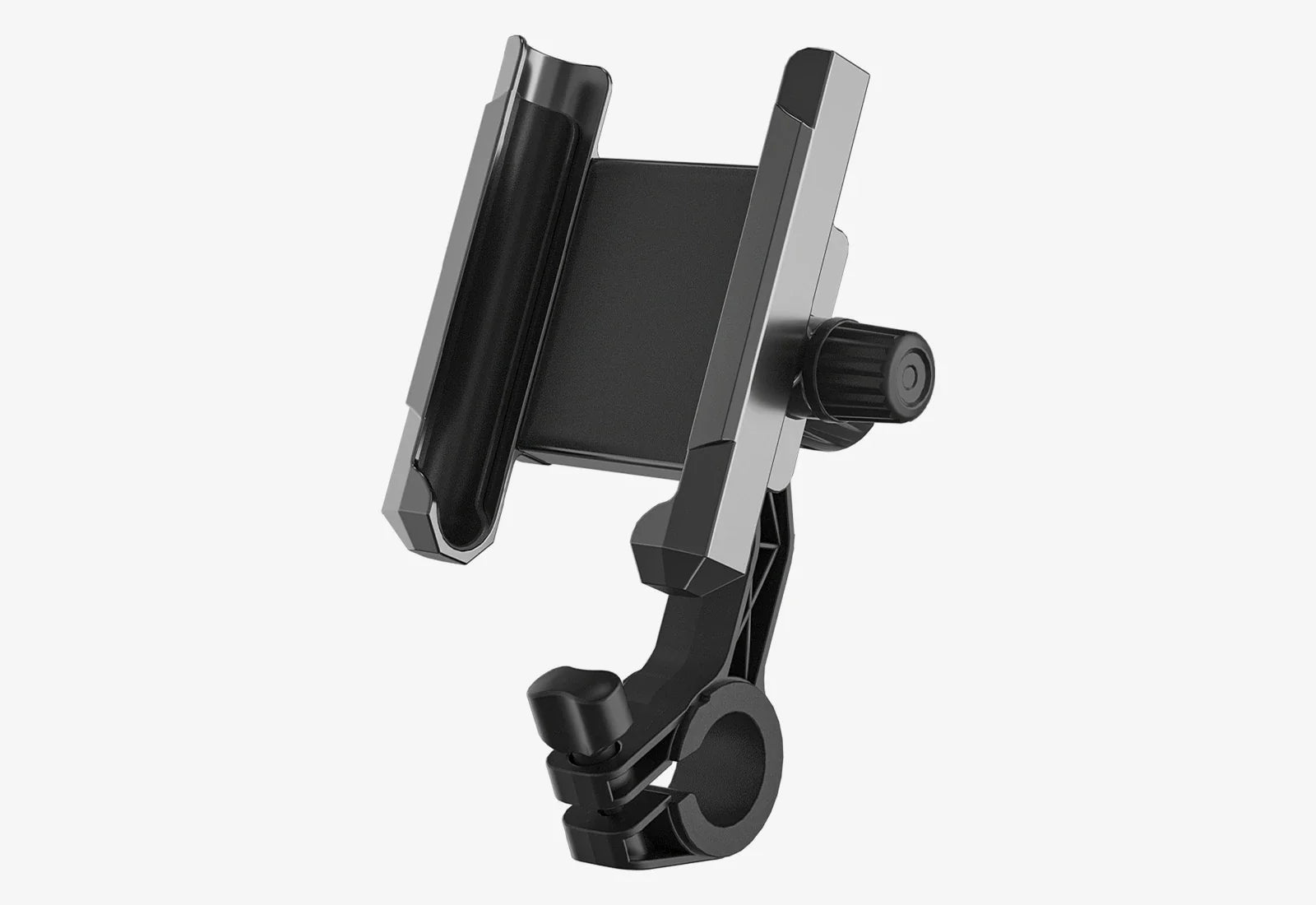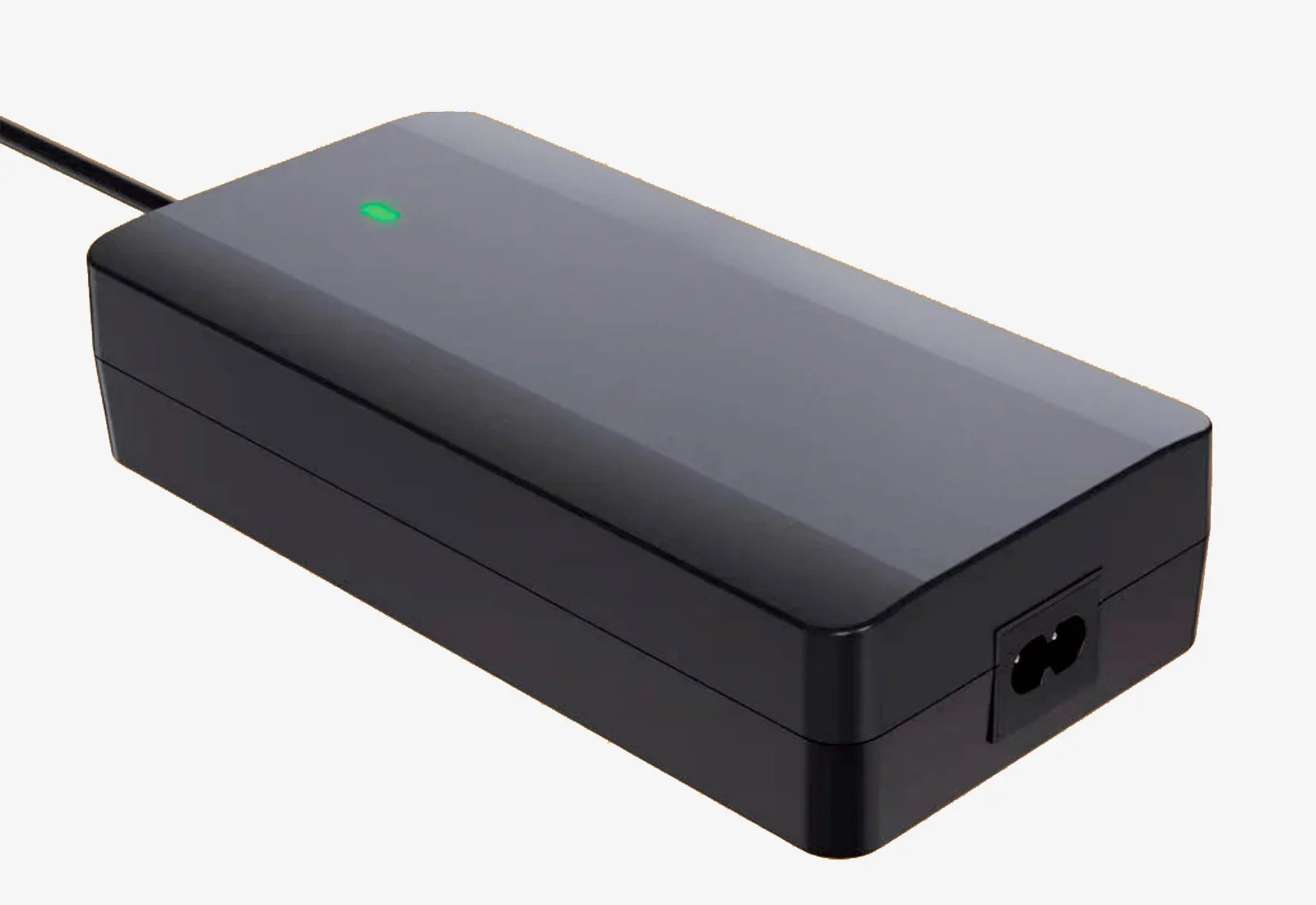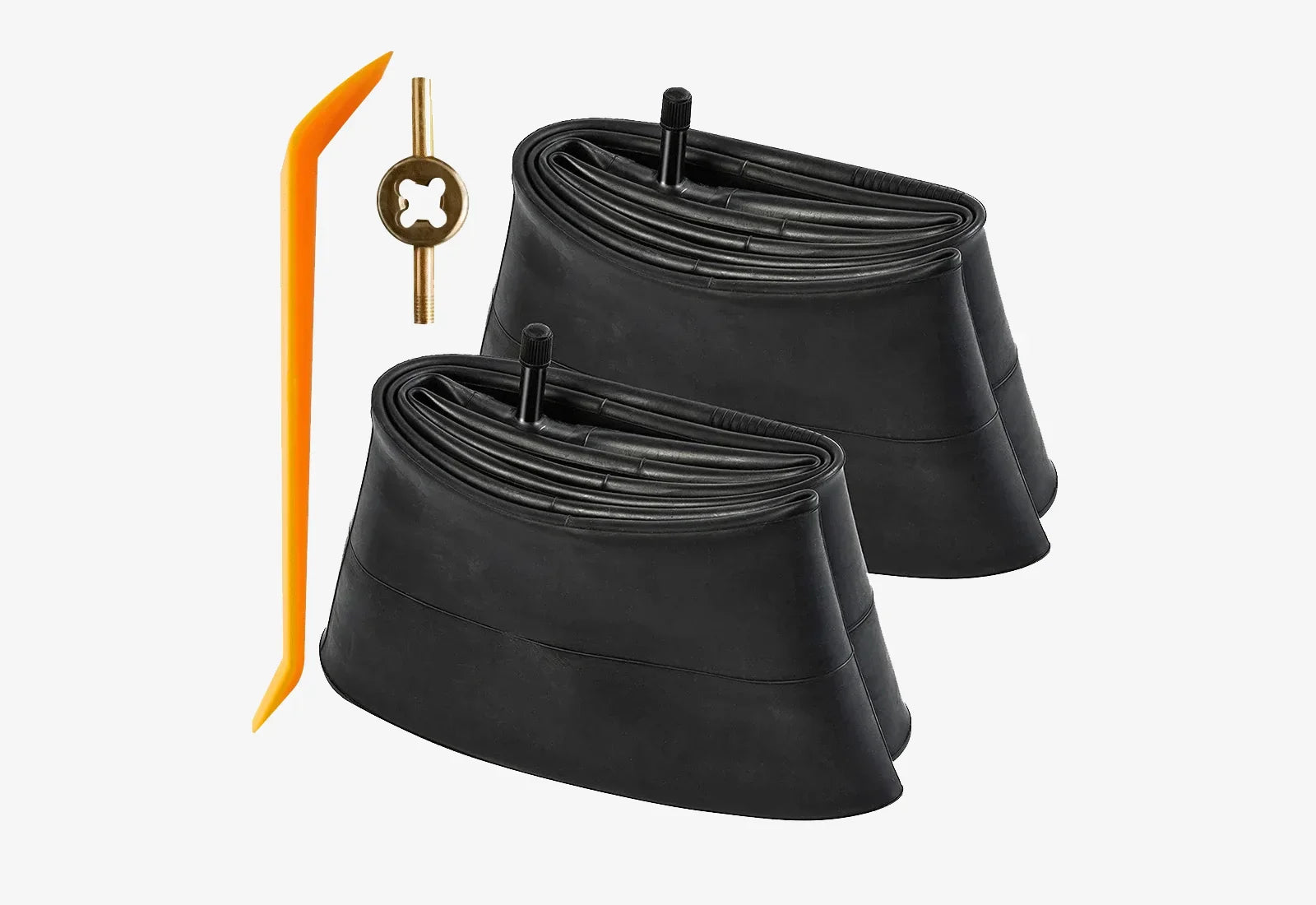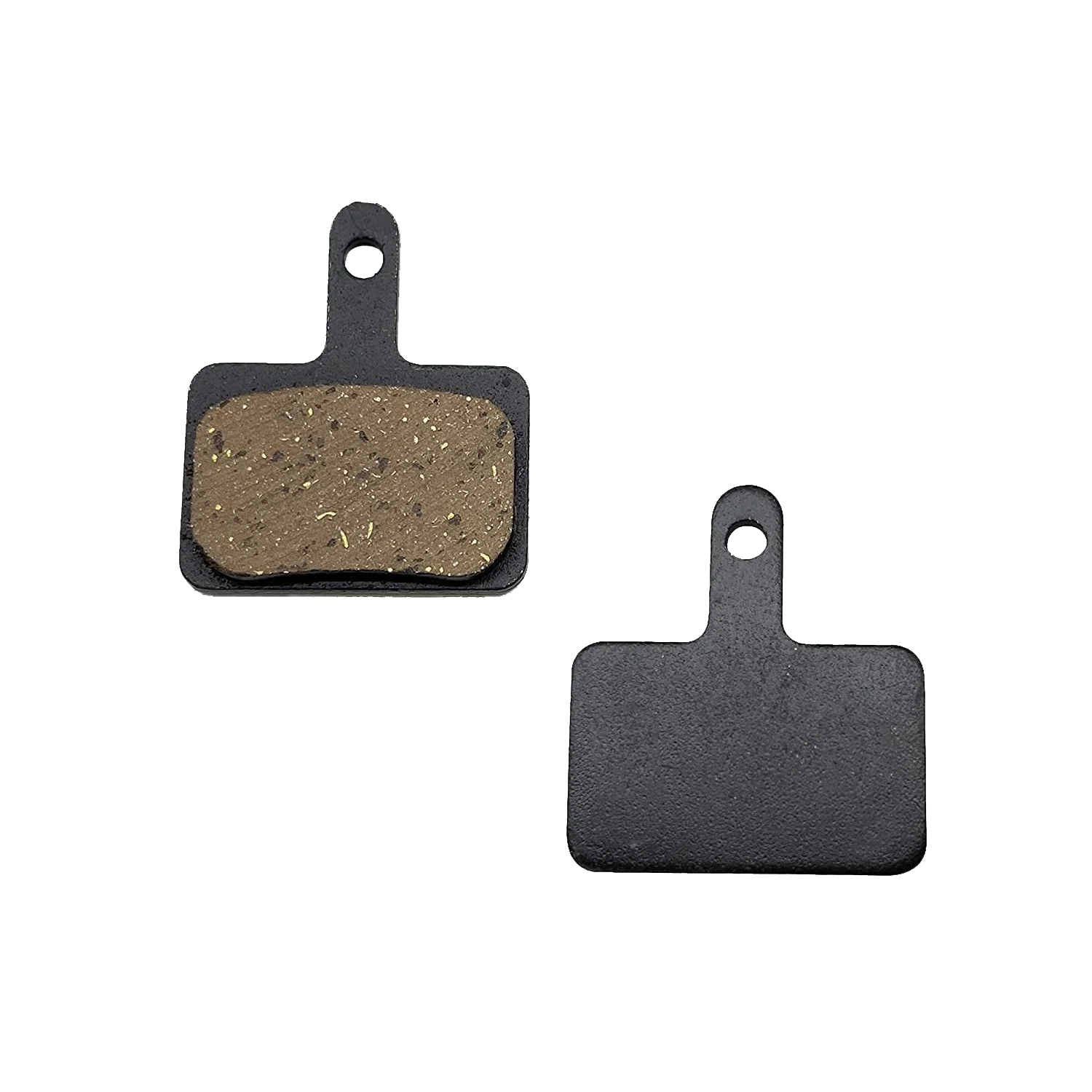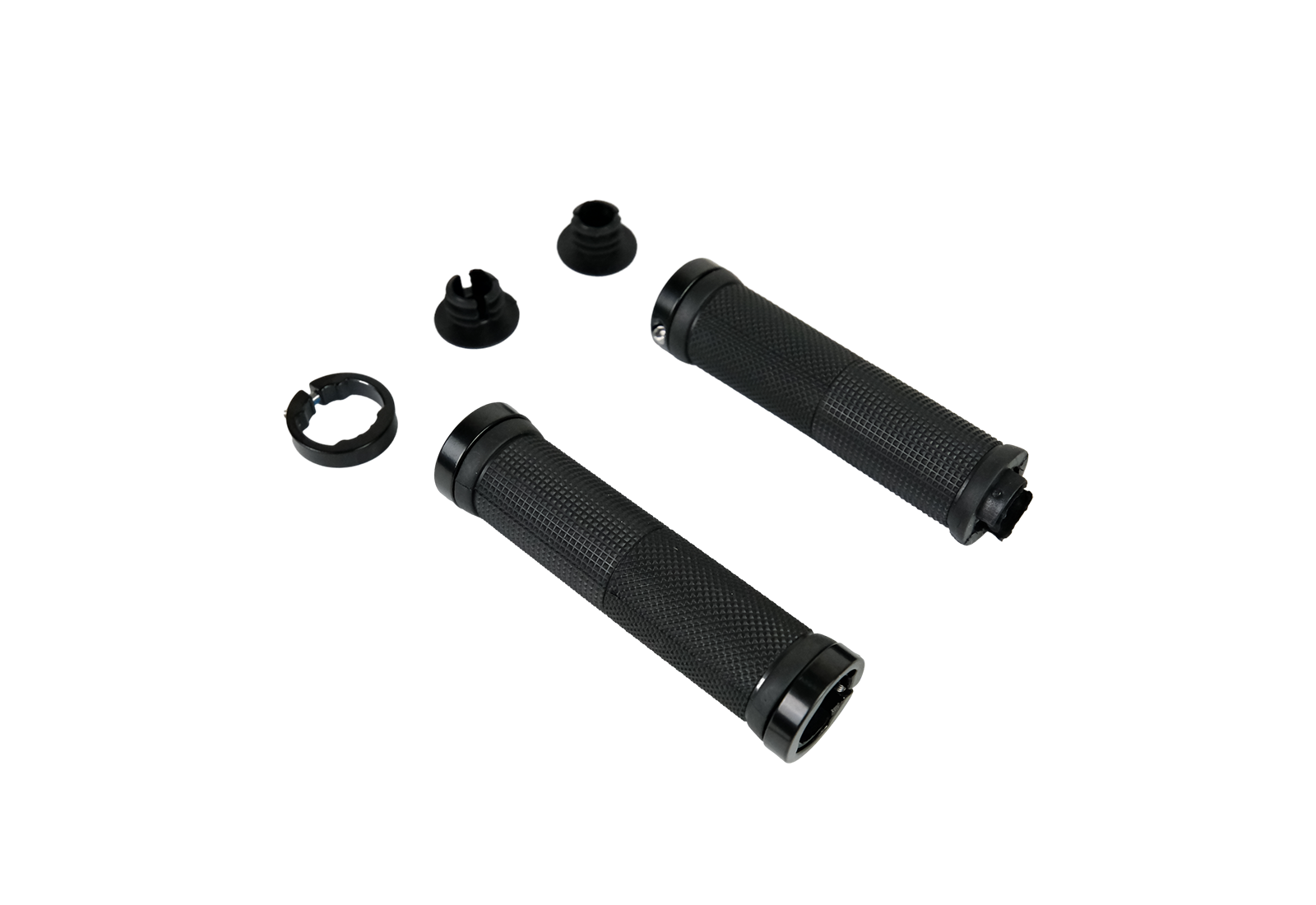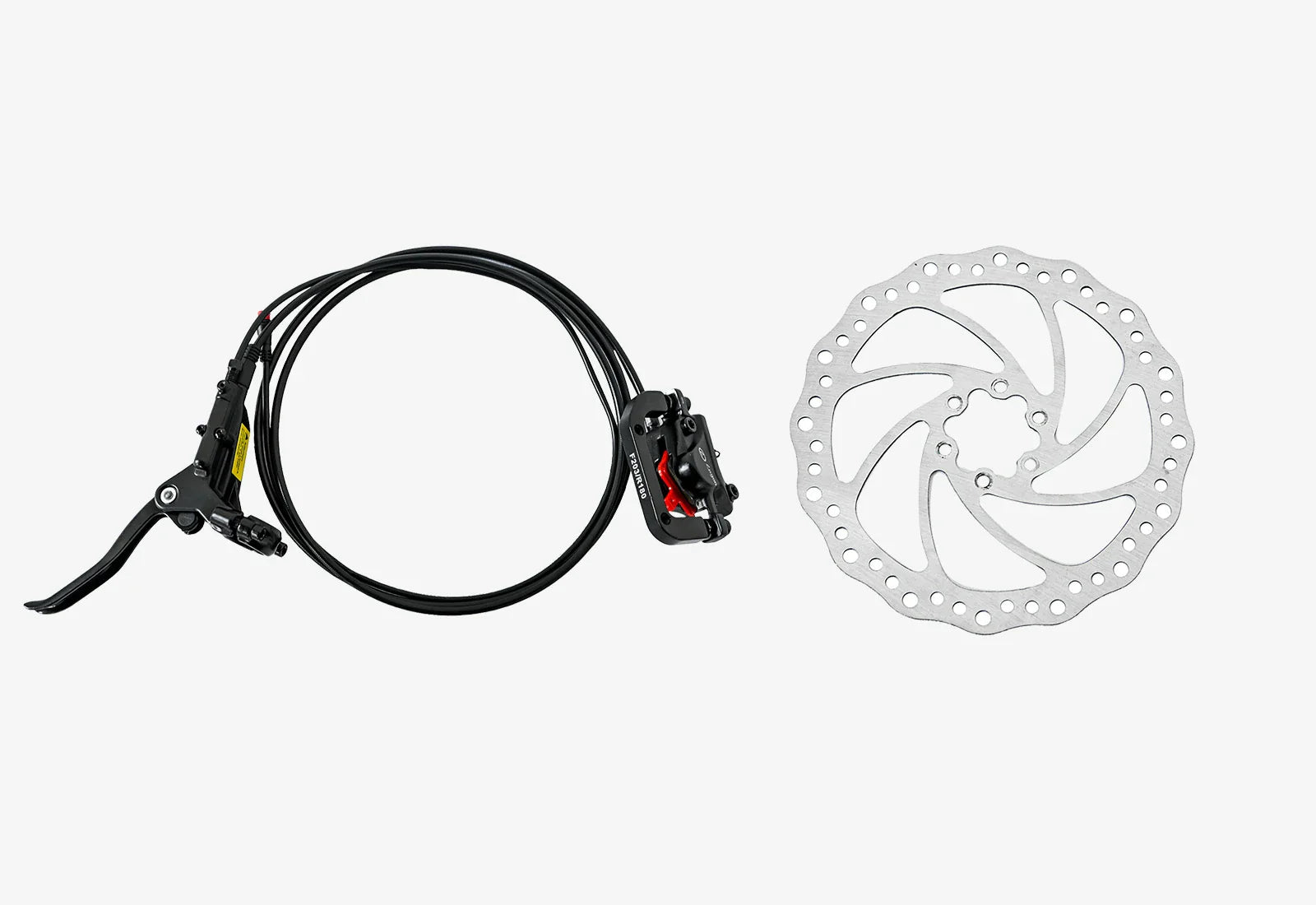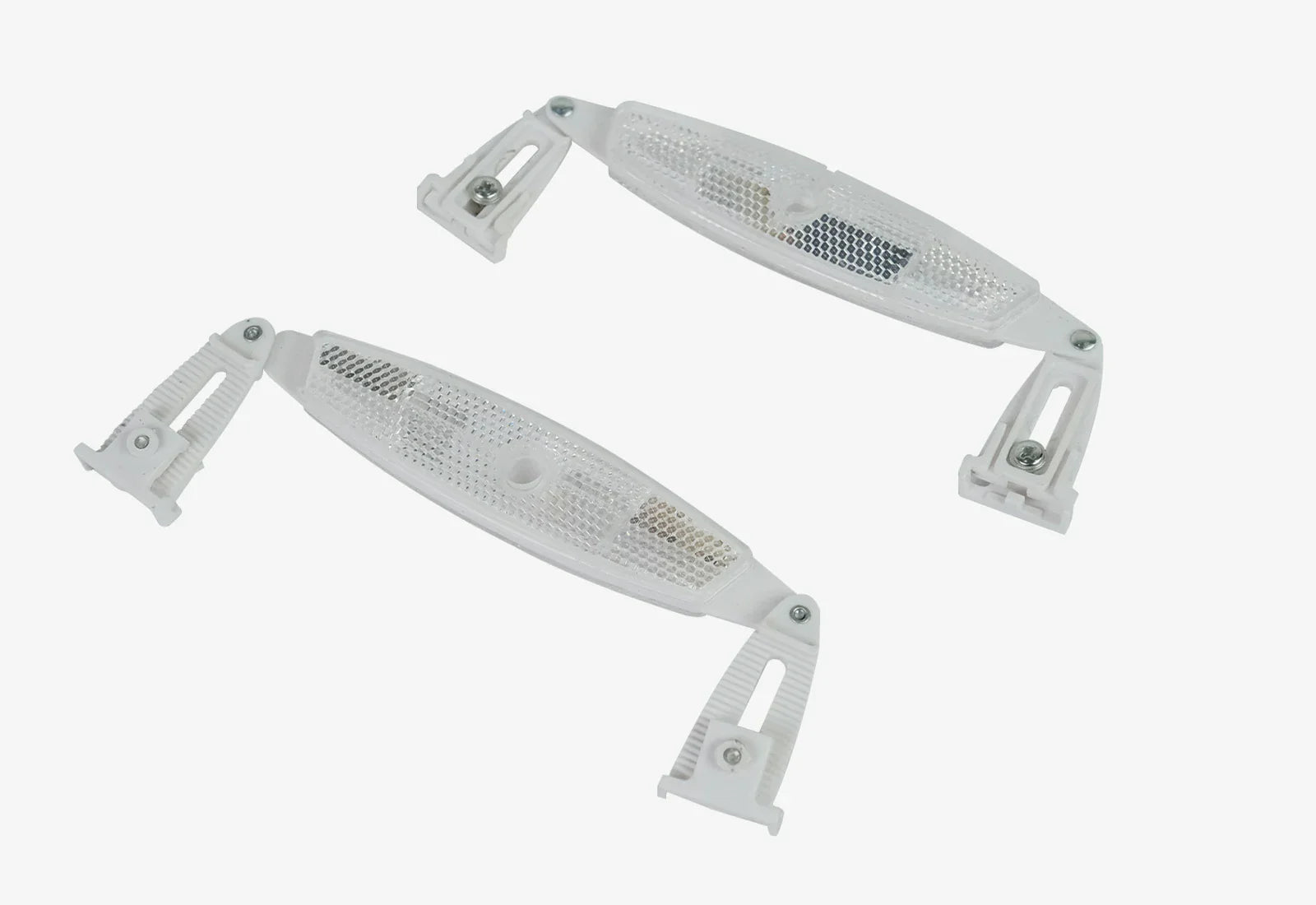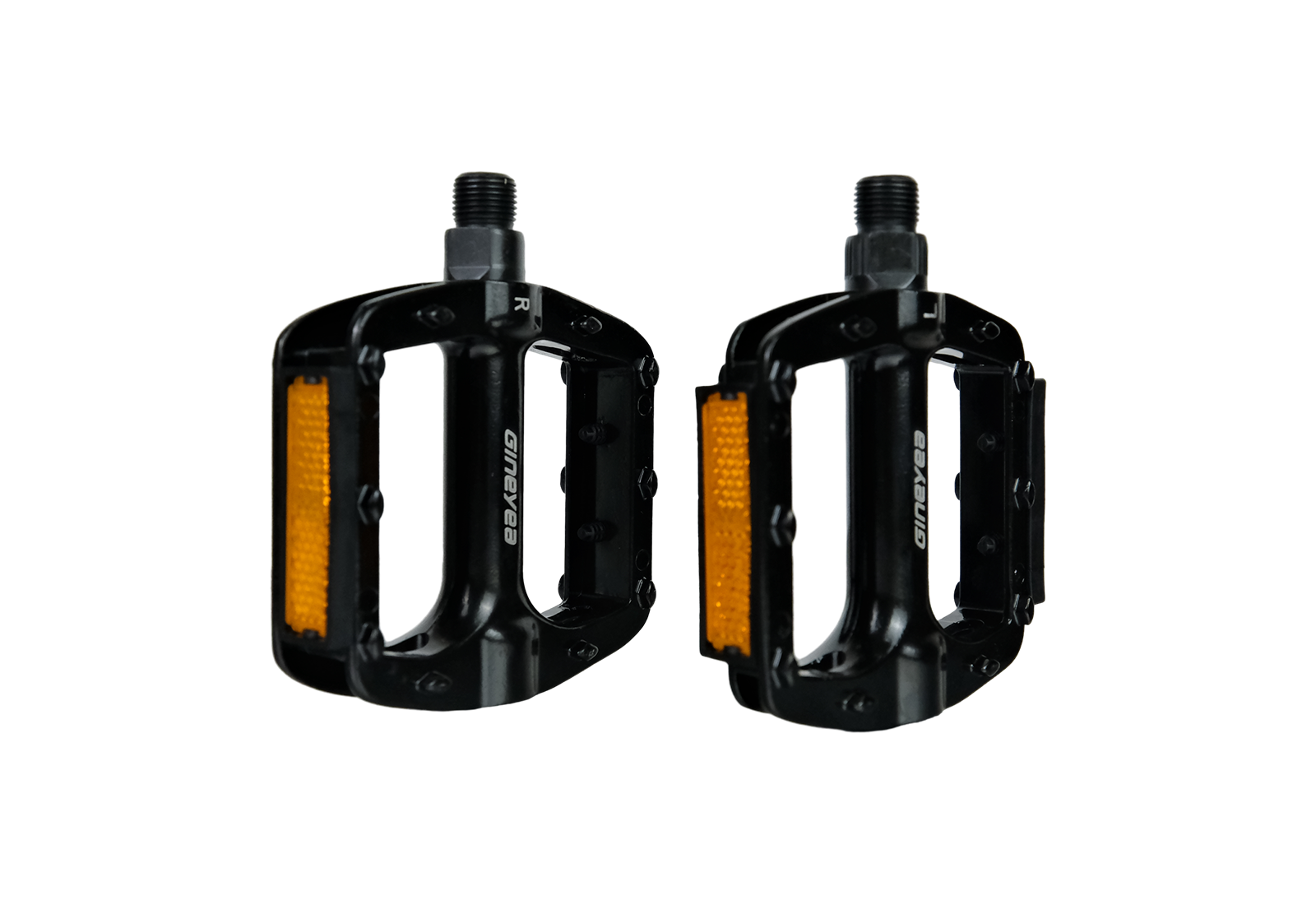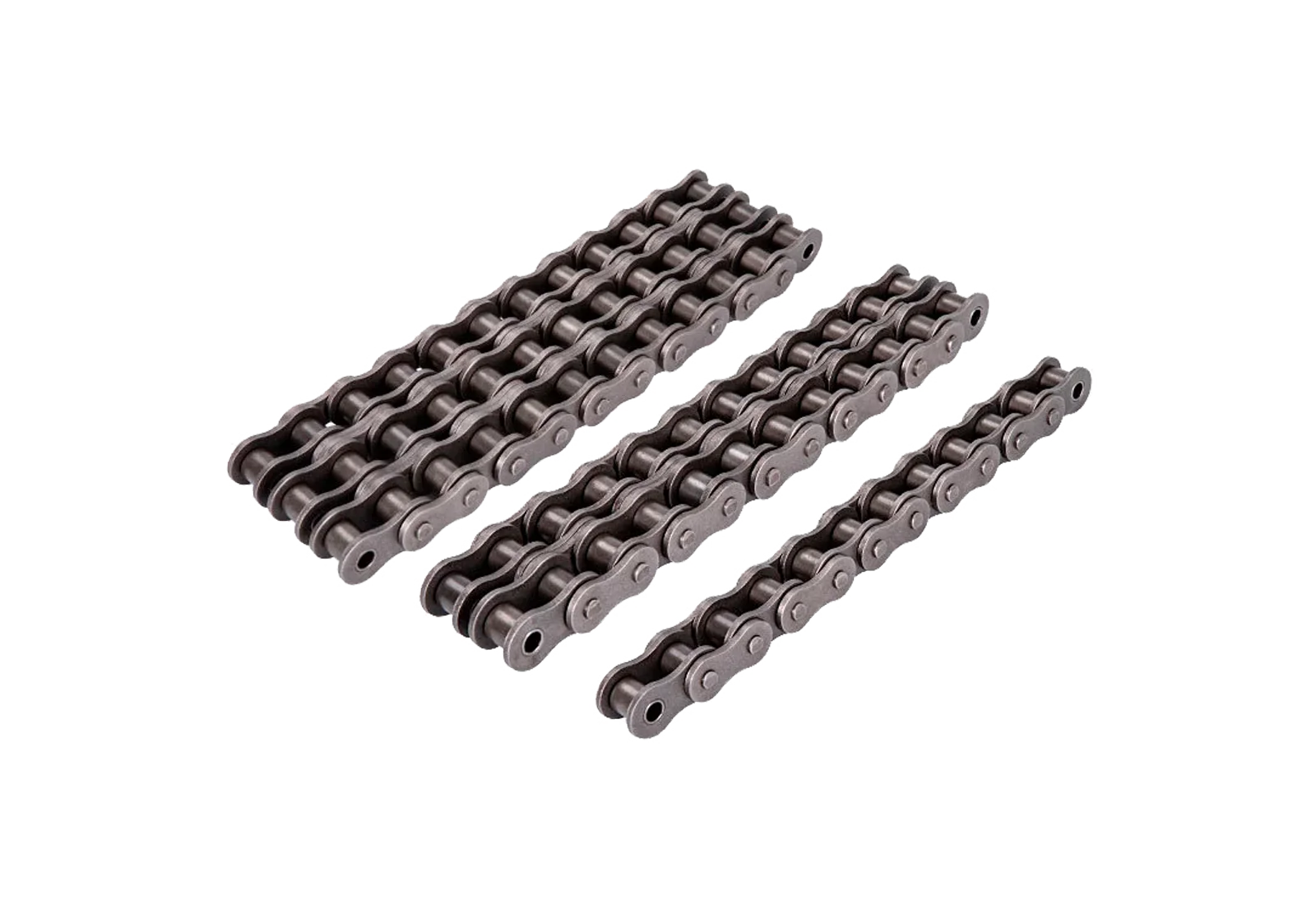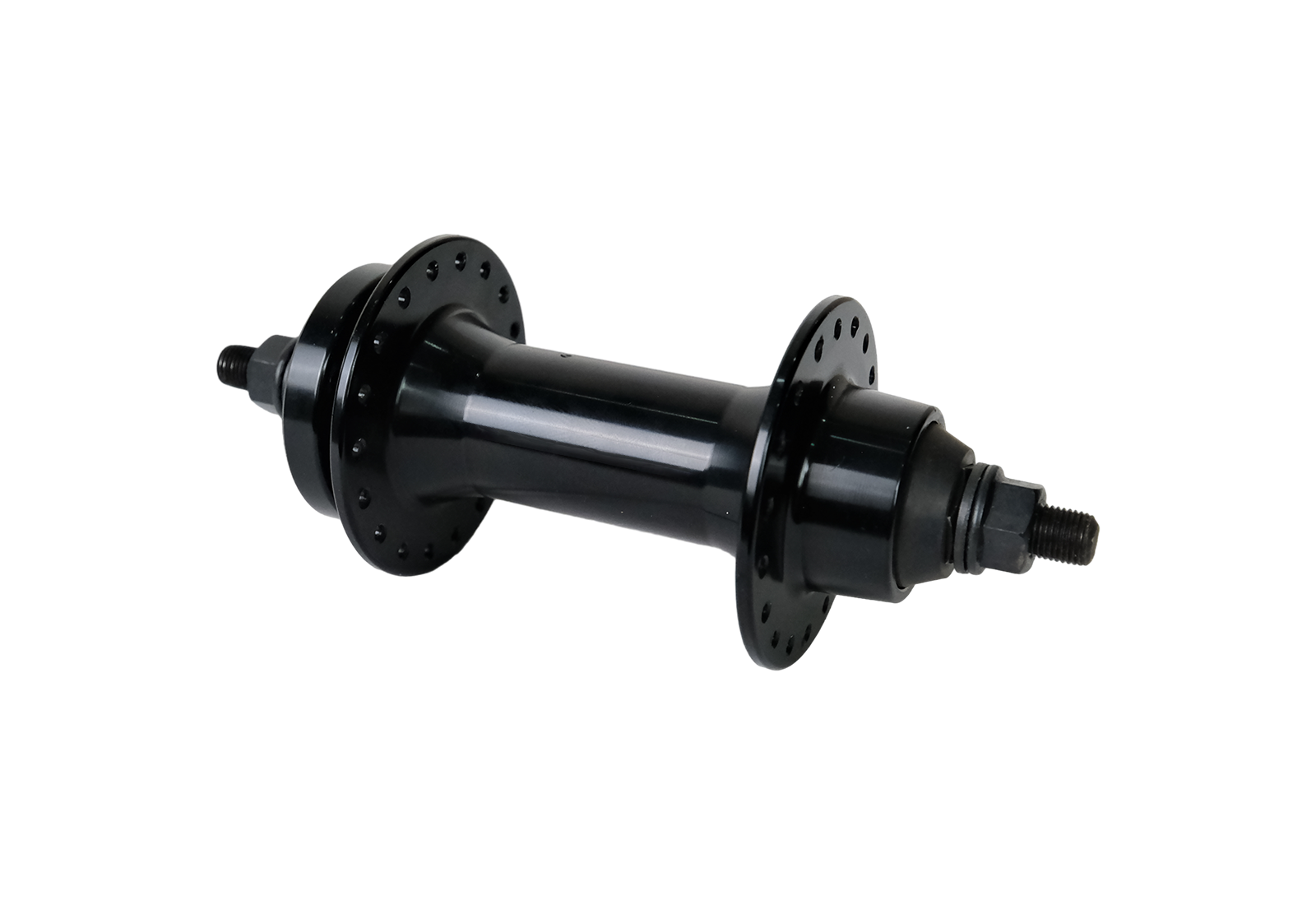
eTrike Vs eBike: Which One Should Be Your First Electric Ride?
If you’re here, chances are you’re curious about whether an eBike or an eTrike might fit better into your life.
Maybe you’d like more stability when riding, or perhaps you’re looking for something comfortable that puts less strain on your body. It could be about carrying groceries, enjoying neighborhood rides, or simply staying independent on your own schedule.
Both eBikes and eTrikes open the door to easier, more accessible cycling—with one leaning toward agility and the other toward stability.
In this guide, we’ll look closely at the strengths of each so you can choose the option that feels right for you.
Quick Verdict (TL;DR)
- If you need agility and portability for solo urban commuting, pick an eBike. It’s lighter, easier to store, and typically more efficient and affordable.
- If you value stability, cargo capacity, and confidence at very low speeds, pick an eTrike. It suits family errands, market runs, and riders who prefer a steadier platform.
Rule of thumb
- Choose eBike for tight spaces, stairs, transit connections, or long mixed-terrain rides.
- Choose eTrike for hauling loads, frequent stop-and-go, or when balance and comfort are top priorities.
Who benefits most
- Students/office commuters: eBike
- Caregivers/older riders: eTrike
- Pet parents/market sellers: eTrike
- Weekend explorers: eBike (bigger battery or mid-drive if you have hills)
How Electric Assist Works
Both eBikes and eTrikes work on the same principle: they use an electric motor to give you an extra push as you pedal. A battery stores the energy, and when you ride, the motor adds power so hills feel easier, longer trips feel less tiring, and everyday rides become more enjoyable. You can usually choose how much help you want—from just a gentle boost to doing most of the work for you. In this sense, the electric assist is the same on both—what really sets them apart is the structure: two wheels versus three, and the very different riding experience that comes with it.
eBrikes vs eBikes: Hardware Differences
Because an eTrike has three contact patches and a wider track, it needs (and benefits from) parts you won’t usually find on a two-wheel eBike. The assist system is the same; the hardware below the rider is what changes.
Rear axle & differential (delta trikes with two rear wheels)
A differential lets the left and right wheels spin at different speeds in a turn (the outside wheel travels farther). This reduces tire scrub, makes cornering smoother, and protects drivetrain parts.
Parking brake vs. kickstand
An eTrike stands on its own, so it doesn’t need a kickstand. Instead, it commonly has a mechanical parking brake (a lever with a lock button or a separate latch) that clamps one or more wheels to prevent roll-away on slopes.
By contrast, most eBikes rely on a kickstand; a parking brake is uncommon on two wheels.
Steering linkage (tadpole trikes with two front wheels)
With two steered front wheels, trikes use tie-rods, kingpins, and geometry (e.g., Ackermann) to keep both wheels tracking cleanly through turns. This improves stability and tire life, but it adds parts that need occasional alignment checks—something you rarely think about on an eBike.
Braking layout and balance
Three wheels often mean three disc brakes or a split system (e.g., dual fronts + one rear). The goal is straight, stable stops even with cargo. Many trikes integrate a parking-brake latch into one of the levers.
eBikes are simpler: typically two brakes (front/rear). There’s less plumbing and fewer adjustments.
Frame, seat, and stability hardware
The wider chassis invites bigger baskets/boxes, wheel skirts/guards (keep clothes/bags out of spokes), and often a low step-through for easy mounting. Many eTrikes offer wider saddles or backrests to support an upright posture. Some non-tilting models may add anti-roll considerations (e.g., wider track, lower center of gravity). A few specialty trikes use tilt-lock mechanisms: they lean while riding but lock upright when parked.
Bottom line: the electric assist feels familiar on both platforms, but three wheels require different axles, steering, braking, and parking solutions. Those parts are why eTrikes feel calmer at low speeds, hold cargo more confidently, and demand a slightly different cornering technique than eBikes.
eBrikes vs eBikes: Balance and Steering
The most striking difference in handling between an eBike and an eTrike comes down to how they stay upright.
eBike (two wheels):
A bicycle balances only while moving, and it relies on the rider’s body to maintain that balance. You lean slightly in turns, shift your weight to correct small wobbles, and use countersteering (turning the bar briefly the “wrong” way to initiate a lean) without even realizing it. At higher speeds, this feels smooth and natural. At very low speeds, though, the rider must constantly micro-adjust, which can feel unsteady for people with weaker balance or joint issues.
eTrike (three wheels):
A trike is self-stable—it stands on its own even when parked. Balance is not required from the rider. Steering is entirely through the handlebars, which pivot the front wheel (on a delta design) or both front wheels (on a tadpole design). The trike does not lean like a bike; instead, it tracks flat through turns. This means:
- At low speeds, an eTrike feels very secure—no tipping when starting, stopping, or pausing at an intersection.
- At higher speeds and sharper turns, the lack of leaning means the inside wheel can lift if the rider enters too aggressively. Good trike technique is to slow before the corner, steer smoothly, and keep your weight low and centered.
- Even for riders who are already confident on two wheels, there is usually a short learning period when moving to a trike. The turning experience feels less like “carving” a bike and more like guiding a small car or cart, where steering alone sets the line through a curve.
What this means in practice:
An eBike feels more agile and intuitive if you’re already comfortable balancing on two wheels.
An eTrike trades that agility for peace of mind—especially when carrying children, groceries, or simply when you want to stop without thinking about tipping over.
In short, bikes reward balance with nimbleness, while trikes reward smooth, cautious steering with stability. Both deliver electric assistance, but the riding experience is completely shaped by this fundamental difference.
While handling and comfort shape how each ride feels on the road, they are only part of the decision. For many riders, especially those choosing between two wheels and three, the long-term picture—how much the vehicle costs to buy, run, and maintain—matters just as much. That’s where the difference in ownership begins to show.
eBrikes vs eBikes: Cost and Total Ownership
The price of entry is usually lower with an eBike. For similar components, a two-wheeler tends to cost less simply because it uses fewer materials—two wheels instead of three, a simpler frame, and a straightforward brake setup.
An eTrike, by contrast, carries the added weight and cost of its third wheel, extra braking hardware, and sturdier cargo fittings. That difference shows up in the sticker price.
Maintenance is also familiar: tires, tubes, brake pads, chains, and cassettes wear out over time.
The trike adds one more tire and sometimes additional brake lines, which nudges annual upkeep upward but not dramatically.
The battery is the one major long-term expense. Most packs last between five hundred and a thousand charge cycles; caring for them—avoiding deep discharges, storing them half-charged when unused, and keeping them out of extreme heat or cold—extends their lifespan.
Security is another piece of the cost picture. Whether bike or trike, a hardened U-lock and chain are essential. Higher-value models, especially heavier eTrikes that cannot easily be carried indoors, benefit from GPS tracking. Some riders also add theft insurance or include their vehicle under personal articles coverage for peace of mind.
Common Myths
-
“Three wheels are automatically safer.”
Safer at starts/stops and when loaded, yes. But in fast corners, non-tilting trikes demand smoother inputs and wider lines. Training and setup matter. -
“Bigger battery is always better.”
Range grows, but so does weight and charging time. Oversizing can make handling feel sluggish. Match battery to your real route plus a 20–30% buffer. -
“Mid-drive is always superior to hub.”
Mid-drives climb and sip energy on hills; hubs are simpler, cheaper, and often quieter. Your terrain and maintenance preference decide.
Conclusion: Finding Your Perfect Ride
Whether it’s an eBike or an eTrike, both are designed to make cycling easier, more enjoyable, and more accessible. Your choice comes down to which vehicle better suits your unique lifestyle and needs.
If you value agility, portability, and the ability to navigate tight urban spaces with ease, the eBike is your ideal partner.
If stability, cargo capacity, and a secure, confident ride—especially at slower speeds—are your top priorities, the eTrike will offer you unmatched peace of mind.
Before you make your final decision, consider a few key questions: What kind of terrain will you be riding on most often? How much cargo do you need to carry? And what are your personal comfort and stability requirements?
Ultimately, there is no single best option—only the one that’s right for you. Whatever you choose, the power of an electric motor will open up a new world of freedom, allowing you to get where you need to go on your own terms.
